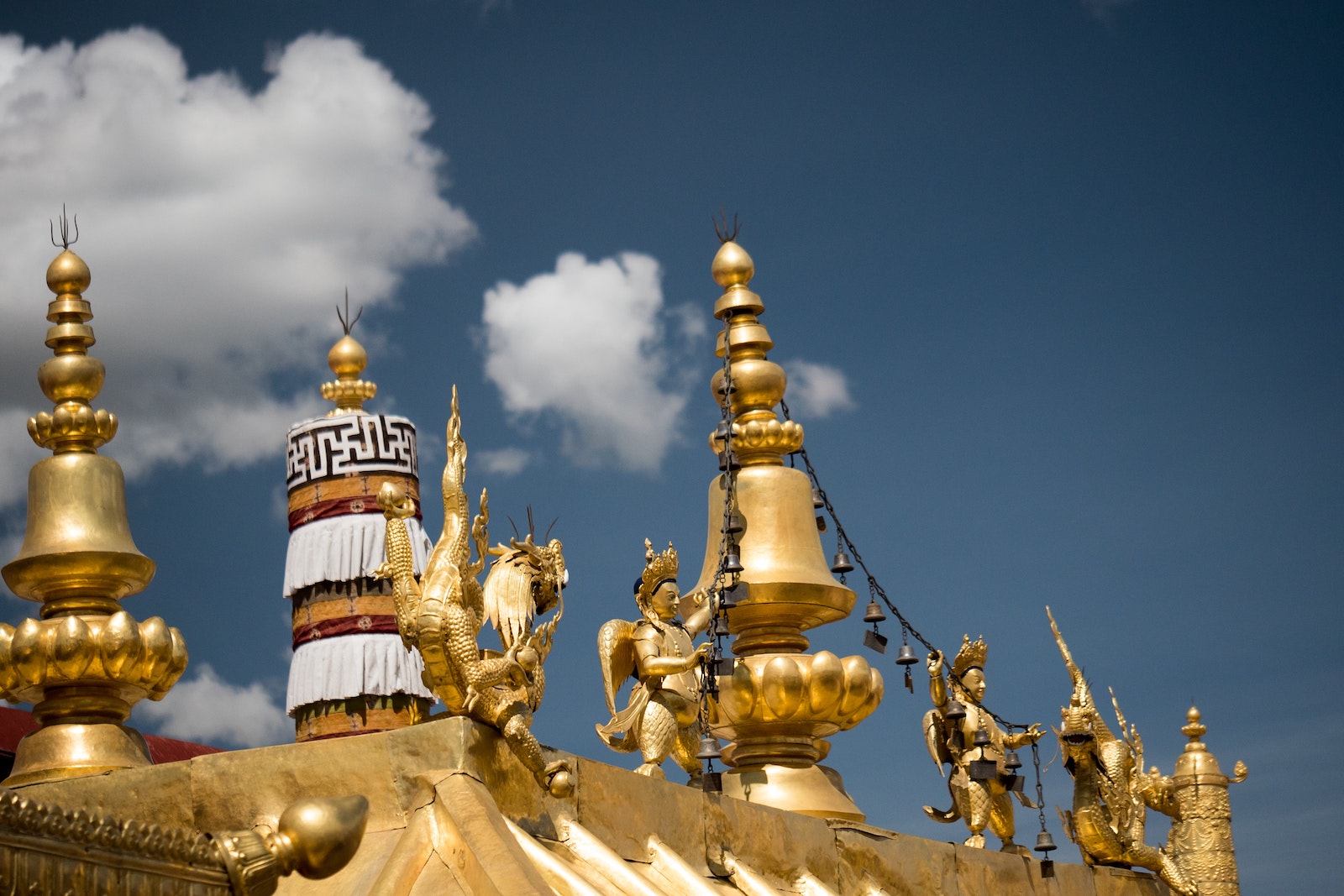Lotus – Vietnam’s national flower
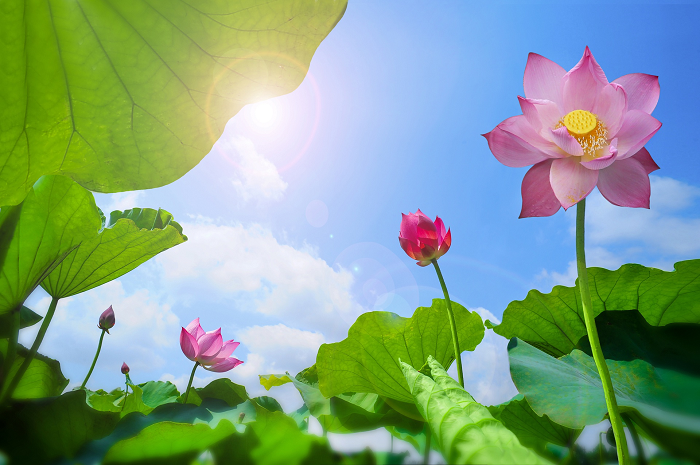
The lotus flower is a highly significant symbol in Vietnamese culture and holds deep cultural, spiritual, and artistic meaning. In Vietnam, the lotus flower is considered the national flower and is associated with various aspects of Vietnamese life. Here are some key symbolisms of the lotus in Vietnamese culture:
- Purity and Beauty: The lotus is admired for its pure and untainted beauty. It represents purity of mind, body, and spirit. Despite growing in muddy waters, the lotus emerges clean and pristine, symbolizing the ability to rise above challenges and maintain grace and elegance.
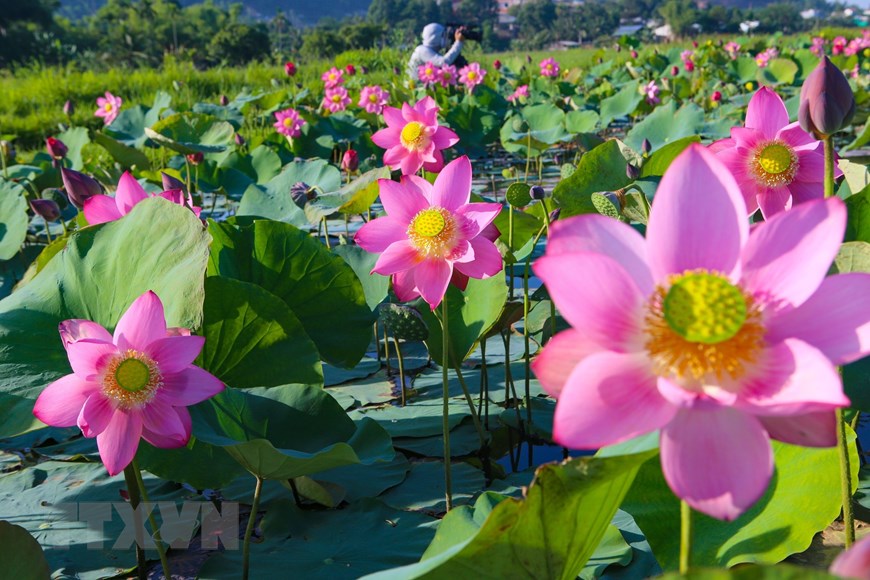
Enlightenment: The lotus is often associated with Buddhism and represents enlightenment and spiritual growth. It is believed to reflect the journey towards enlightenment, where one can transcend worldly attachments and attain higher levels of consciousness.
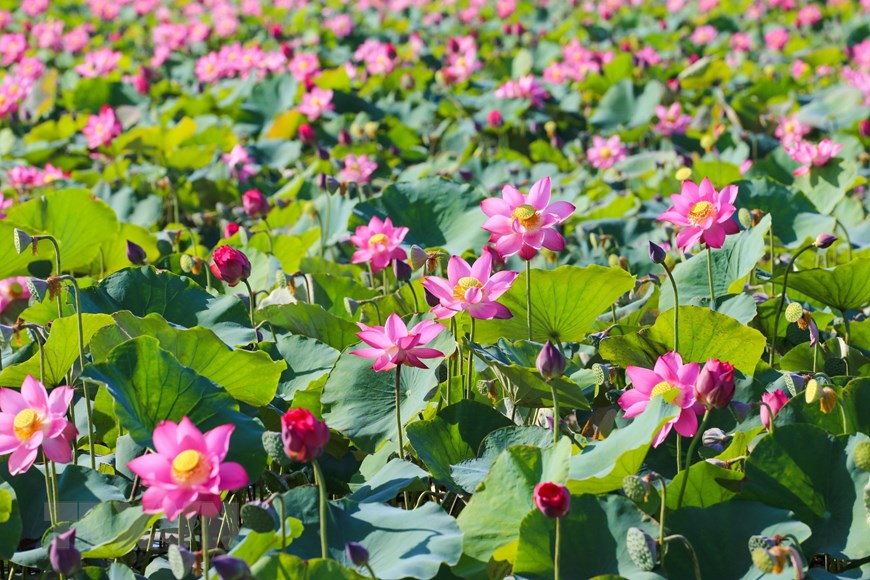
Resilience and Determination: The lotus is known for its resilience and ability to thrive in adverse conditions. It represents strength, determination, and the ability to overcome obstacles and hardships.
Cultural and Artistic Inspiration: The lotus flower has been a source of inspiration for Vietnamese artists, poets, and writers throughout history. It is a common motif in Vietnamese art, including traditional paintings, ceramics, textiles, and architecture.
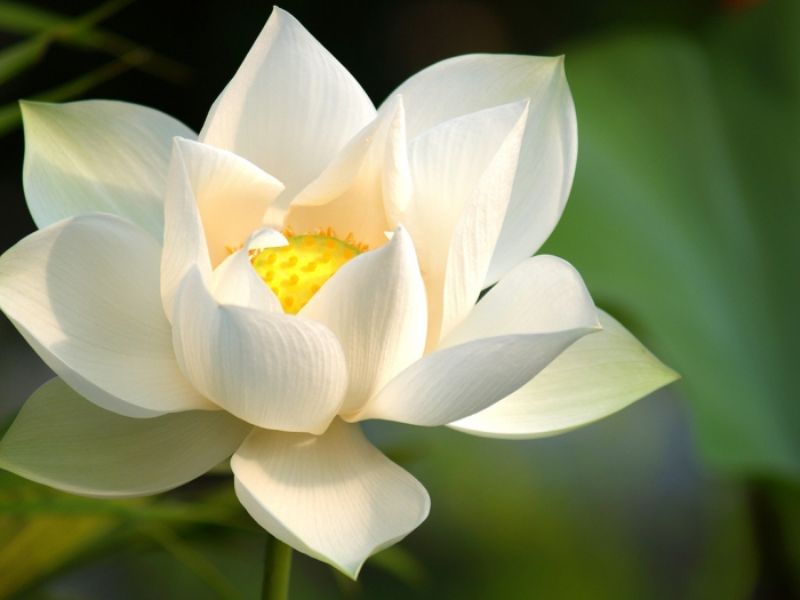
National Identity: The lotus flower is deeply ingrained in Vietnamese national identity and is recognized as a symbol of the country. It reflects the values of purity, beauty, and resilience that are cherished in Vietnamese culture.
Overall, the lotus symbolizes purity, enlightenment, resilience, and national identity in Vietnamese culture. It is a powerful and enduring symbol that represents the essence of Vietnamese traditions and values.


